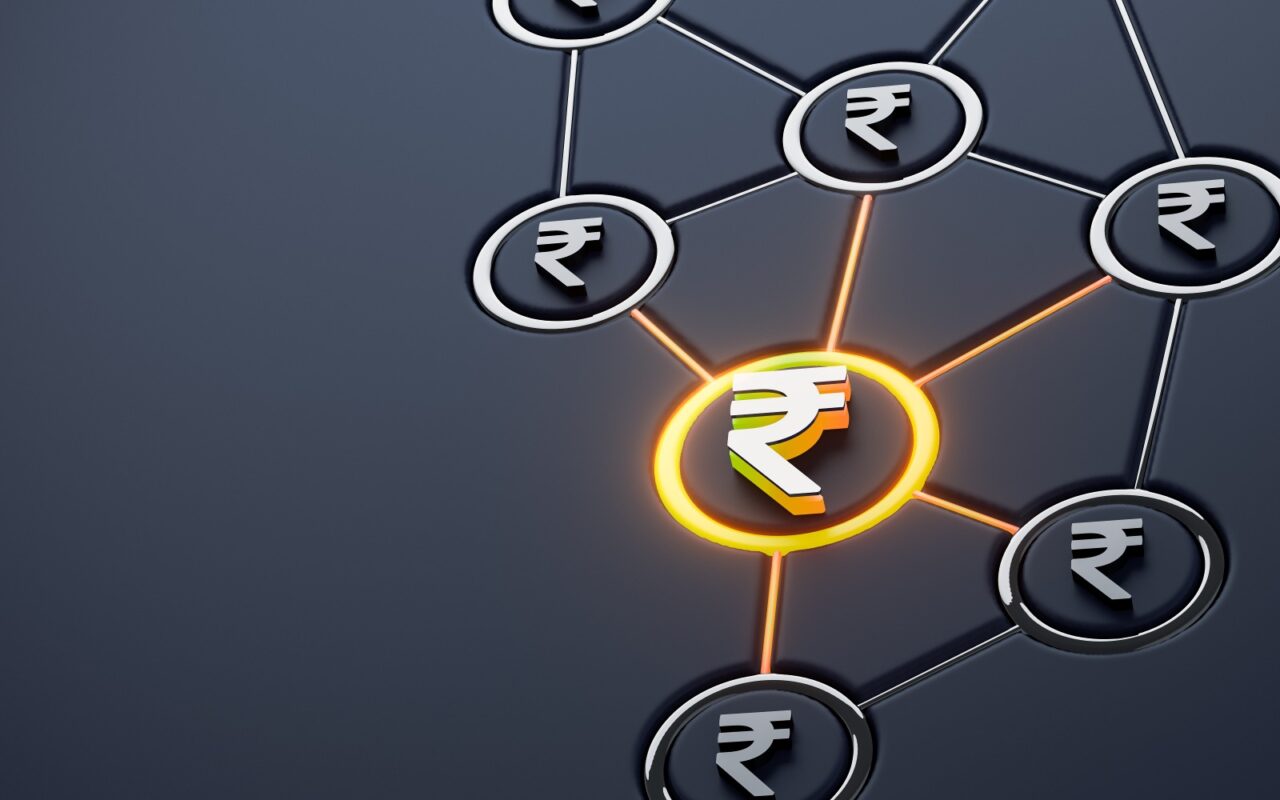
The Reserve Bank of India (RBI) is currently exploring the possibility of tokenizing assets like government bonds and customer deposits to enhance the utility of its digital currency, as per information provided by two bankers familiar with the ongoing developments.
The move would enable investors to acquire government securities and other bonds through the digital currency in their wallets. This approach could serve a dual purpose: firstly, it would extend the scope of digital currency beyond just basic merchant transactions, and secondly, it could potentially increase retail participation in the government bond market.
Tokenization of assets involves the conversion of a physical asset into a digital token on a blockchain network. “Discussions have happened between banks and the RBI around tokenization of assets,” a senior banker informed about these developments was quoted. This banker also noted, “However, these are still in exploratory stages and will take time to become a reality,” also choosing to remain anonymous. Despite reaching out, the RBI did not respond to queries on this matter before this report was published.
Another banker highlighted that this move could create a conducive ecosystem for CBDC (central bank digital currency), noting the current limited adoption of RBI’s digital currency mainly for payments. “In case of retail payments, consumers are already using the Unified Payments Interface. Hence, convincing them to park a certain part of their savings account holdings into a separate digital wallet has not been received with enthusiasm,” the second banker said.
The same banker added, “If government securities are tokenised, then they should ideally be bought with digital currency, which would make the settlement system instantaneous,” emphasizing that this could encourage CBDC adoption. The banker suggested that simple systems for this could be based on Hyperledger Fabric, an existing blockchain ledger that supports CBDC in its current form.
ET previously reported on November 24 about the banking regulator exploring offline payments and feature phone-based payments on CBDC rails. The Union finance minister also recently mentioned that the RBI and the government are working closely to implement CBDC for cross-border payments.
Both bankers agreed that further brainstorming and innovation are necessary within banks and the RBI’s innovation hub to advance these concepts. They indicated that these are preliminary ideas being considered by the central bank.
Banks are encouraging customers to start using digital currency for daily transactions, and with the tokenization of deposits, a broader range of applications is anticipated.
RBI data showed that in FY23, the total value of digital currency transactions in India was a mere Rs 16.4 crore, divided between Rs 10.7 crore in wholesale and Rs 5.7 crore in retail assets. The RBI had set a goal for banks to process a million transactions daily by the end of December 2023, a target not consistently met. On December 29, RBI Governor Shaktikanta Das mentioned in a letter to RBI staff that on December 27, a million transactions were achieved on the CBDC retail network.
Gaurav Mehta, the founder of Catax, a digital asset bookkeeping and auditing company said “the RBI’s exploration into tokenizing government bonds and customer deposits for expanding the use of digital currency is a forward-thinking move”
He view this as an innovative approach to integrate traditional financial assets with the burgeoning world of digital currencies and blockchain technology.
Mehta also highlights “how tokenization can enhance liquidity, enable faster settlements, and potentially democratize access to investment opportunities in government securities.
Global Developments
Internationally, a report by Onyx, a blockchain platform by American bank JP Morgan, and consultancy firm Oliver Wyman titled ‘Deposit Tokens: A foundation for stable money’ examined the concept of deposit tokenization. “Blockchain-based deposits are equivalents of existing deposits recorded in a novel form used to pay, settle trades between digital assets, and generally act as a store of value and means of exchange,” the report stated. The technology is seen as a way to facilitate instantaneous transactions and enhance transparency, thus aiding in cross-border payments and liquidity management for banks.
Visa conducted a pilot program in Hong Kong, tokenizing bank deposits from HSBC and Hang Seng Bank onto their respective blockchains. “The two payment flows tested in this pilot are property payments and merchant settlements focused on the Hong Kong market,” Visa reported after the pilot.